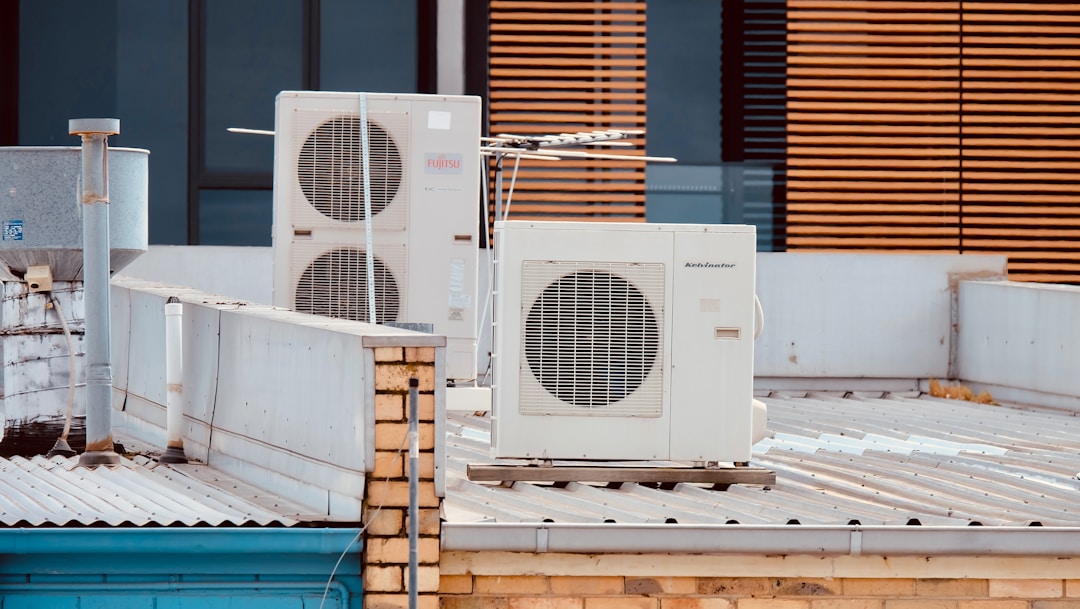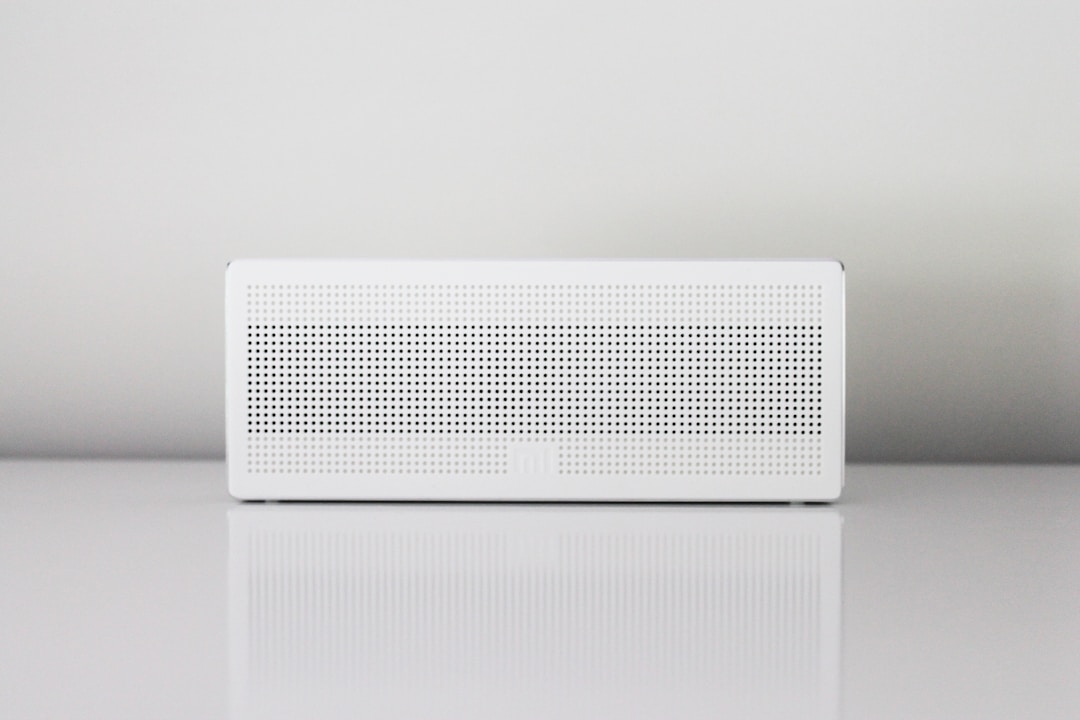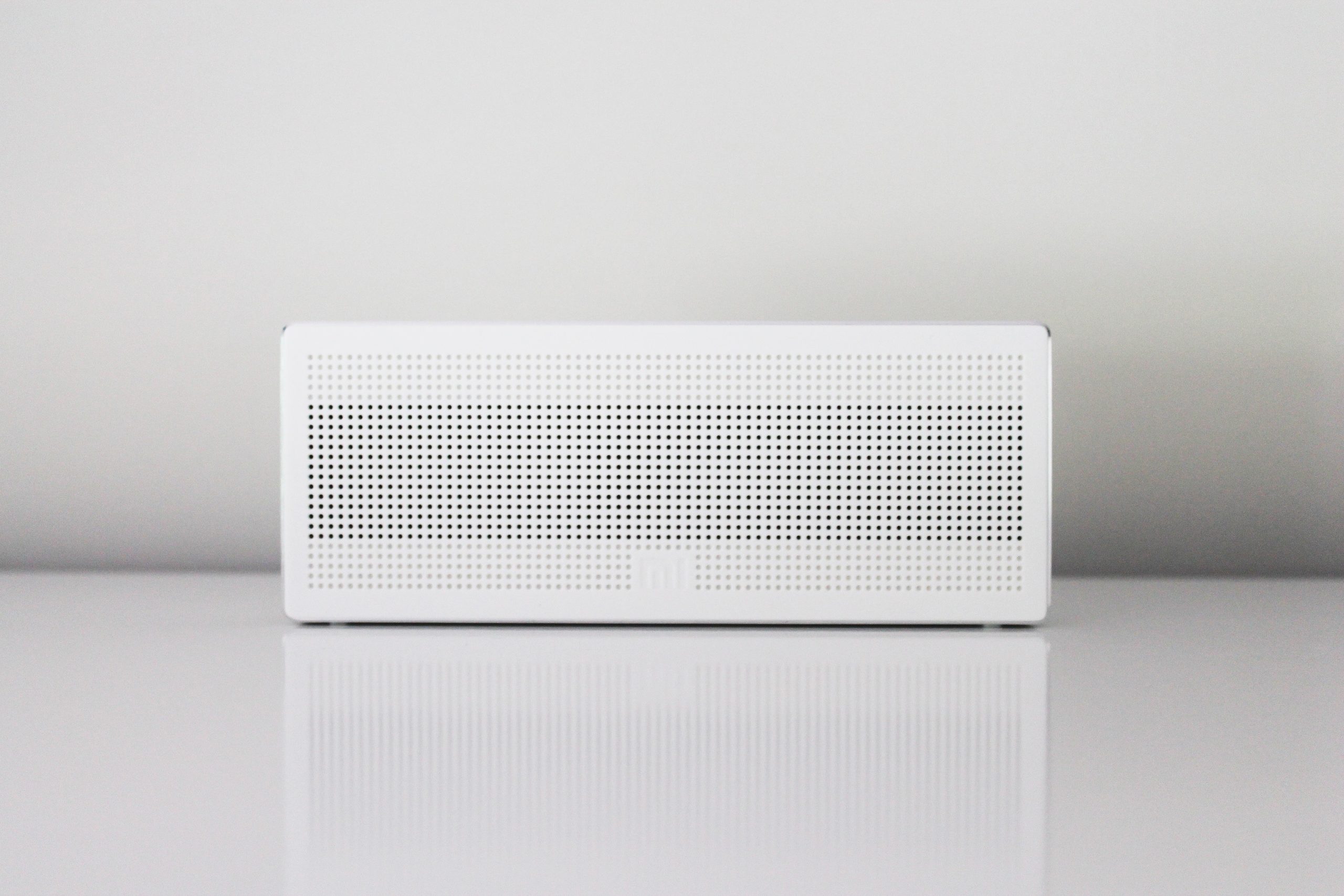As a homeowner, there are a wide variety of things you need to do to keep your house safe and comfortable. Maintaining positive indoor air quality is one of the most important ways to do that, though it’s easy to overlook. The indoor air quality in your home can affect everything from how you feel at home to your physical and mental health.
From reducing the presence of contaminants to adding some extra household chores to your to-do list, there’s plenty you can do to improve the quality of the air in your home without breaking the bank. Whether you’re a new homeowner or are looking for ways to improve your day-to-day experience at home, read on for five great tips on how to improve your indoor air quality.
1. Change your HVAC filters regularly.

One reason the air inside is often worse than outside is due to poor HVAC maintenance. Your HVAC system should have its filter changed every three months and be inspected at least once annually if you want to keep it operating at peak efficiency. If your heating, ventilation, and air conditioning system isn’t functioning properly, it can create issues with everything from temperature regulation in your home to an increased presence of toxins. Allergens like dust, mold, and pollen can also become more of an issue if you don’t have a well-maintained system in place to handle ventilation and air conditioning.
Most people think of their HVAC system’s primary function as temperature regulation, but maintaining high air quality and regulating healthy airflow within your home is just as important. Poor-quality indoor air can cause health issues ranging from nausea and headaches to serious issues like lung cancer. Toxins and air pollution can also cause damage to your furniture and the interior of your home.
2. Check for radon.

Radon is a colorless, odorless gas that can be present in both new and older homes. The significant presence of radon in the home carries serious health risks, as radon is the second leading cause of lung cancer in the United States. The reason radon is so dangerous is because of its radioactivity.
It’s caused by the degradation of uranium in soil, and cracks and holes in your house’s foundation can allow it to seep into your home. Experts also believe that granite countertops can emit radon, though there is debate about whether the levels are significant enough to cause a radon issue at home. Luckily, a test to determine the radon levels in your home is simple, quick, and relatively inexpensive.
3. Keep your home smoke-free.

Secondhand cigarette smoke is a major factor when it comes to indoor air pollution. The health risks associated with smoking are well-known, but secondhand smoke can be just as dangerous. Research indicates secondhand smoke can cause childhood health problems ranging from asthma to cancer and SIDS (sudden infant death syndrome). Adults can suffer similar issues as well, and smokers themselves are at even greater risk. One of the best ways to reduce air pollution in your home is to ban smoking indoors.
4. Maintain a healthy humidity level.

Too much moisture can create an environment where pollutants like dust and mold can thrive. Allergens also survive for longer in humid environments. Experts recommend keeping the humidity between 30-50% to keep these types of problems under control in your home. Depending on whether your home is too humid or too dry, a humidifier or a dehumidifier can be potential solutions. An exhaust fan is also a good idea, or at least crack open a window, and let in some fresh air when you’re cooking, cleaning, or bathing.
While it’s easy to get overwhelmed by the number of responsibilities you have as a homeowner, it’s essential that you prioritize maintaining a healthy environment inside your home. Maintaining indoor air quality is a necessary component of that, especially for families who are concerned about health and safety. The risks of allowing toxins, allergens, and other contaminants into your home can range from mild irritation to the development of medical conditions as serious as lung cancer. Don’t put the safety and comfort of your household at risk; make sure you have a solution for maintaining the quality of the air inside your home.

